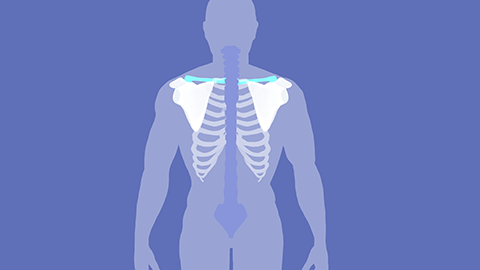What are the four major tissues that make up the human body structure?
The four primary tissues that make up the human body are epithelial tissue, connective tissue, muscle tissue, and nervous tissue. These tissues serve as the fundamental units of organs and systems, each performing unique physiological functions and working together to maintain normal bodily activities. If symptoms related to tissue abnormalities occur—such as chronic skin ulcers or numbness and weakness in the limbs—it is advisable to seek medical attention promptly.

1. **Epithelial tissue**: Covers the body surface (e.g., the outer layer of the skin) and lines internal cavities and tubes such as the mucosal lining of the respiratory tract. The cells are tightly packed, primarily serving to protect the body from external damage and infection. This tissue also performs secretory functions (e.g., mucus secretion by respiratory mucosa) and absorptive roles (e.g., nutrient absorption in the intestinal mucosa).
2. **Connective tissue**: The most widely distributed tissue in the body, including fat, bone, blood, and ligaments. It features relatively large extracellular spaces and serves to connect various body parts (e.g., ligaments connecting bones), support the body structure (e.g., bones providing structural support), transport substances (e.g., blood carrying oxygen), and store energy (e.g., fat acting as an energy reservoir).
3. **Muscle tissue**: Composed of muscle cells and divided into three types: skeletal muscle, cardiac muscle, and smooth muscle. All possess the ability to contract and relax. Skeletal muscles facilitate limb movements such as arm motion; cardiac muscle maintains heartbeat; and smooth muscle drives internal organ motility, such as gastrointestinal peristalsis for digestion.
4. **Nervous tissue**: Made up of neurons and glial cells, primarily located in the brain, spinal cord, and nerves. It detects external stimuli (e.g., sensing temperature), generates and transmits nerve impulses, and regulates various physiological processes, including coordinating movement and controlling respiration.
In daily life, maintaining the health of these four tissues can be supported through moderate stretching exercises to preserve muscle elasticity, consuming vitamin-rich fruits and vegetables to aid epithelial tissue repair, and maintaining regular sleep patterns to reduce stress on nervous tissue, thereby promoting overall tissue coordination and well-being.




